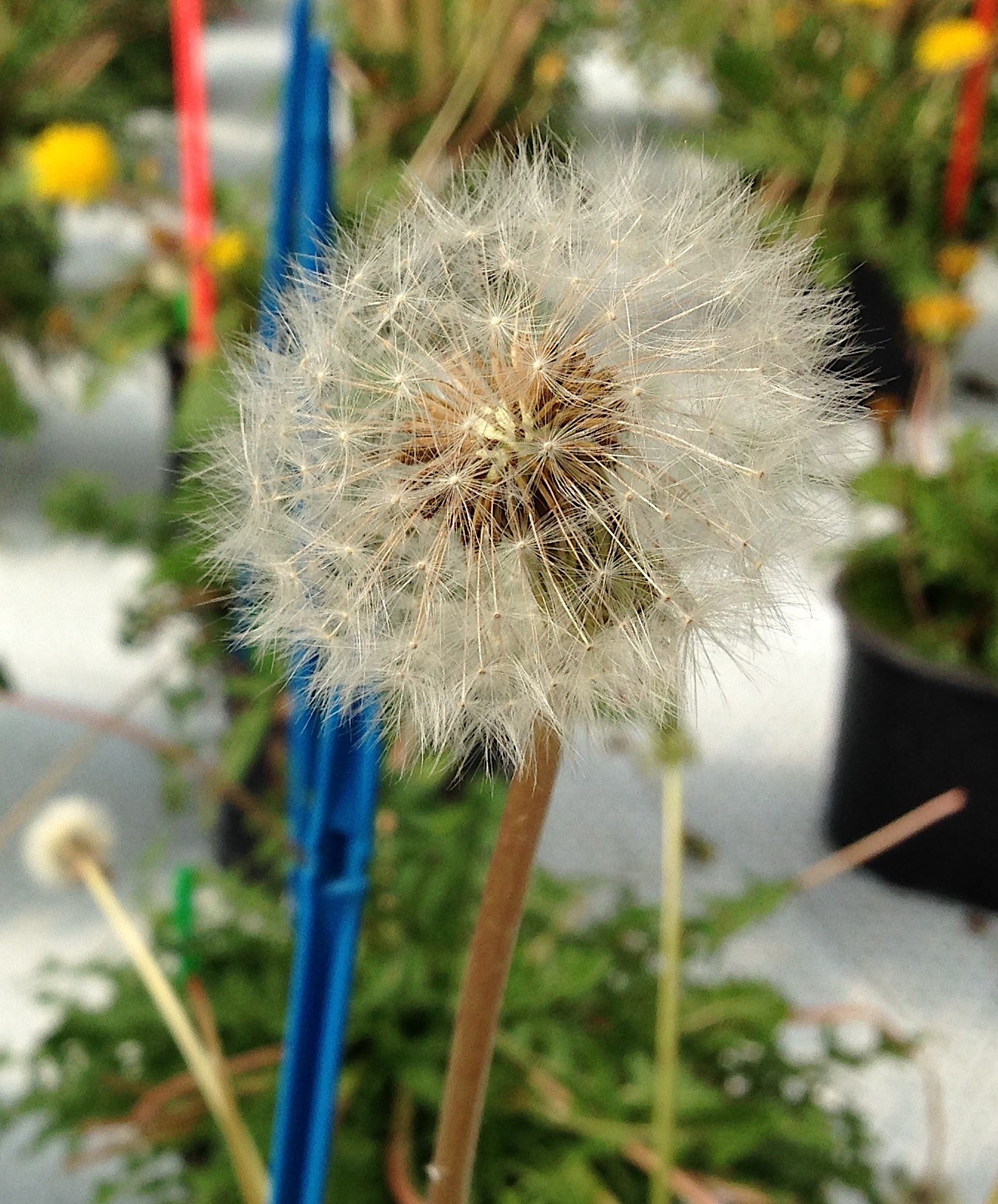Researchers at WUR and the biotech company Keygene have found a crucial gene for apomixis in dandelions. Apomixis is the property whereby plants can produce seeds identical to the parent plant without pollination. The researchers expect the discovery to lead to important innovations in plant breeding.
The Wageningen scientists — who collaborated with colleagues in Japan and New Zealand — found a gene that allows plant embryos to grow without the flowers being pollinated. In an article in Nature Genetics, they describe how the gene (given the name PAR) functions and how it affected the work of Gregor Mendel, the founding father of genetics.
Dandelion
The discovery of the gene is the crowning achievement for the Wageningen biotech company Keygene, which started studying apomixis 15 years ago. The company used the dandelion, which was known to be able to produce seeds genetically identical to the parent plant without pollination. The interesting feature of wild dandelions is that in addition to the apomictic plants, there are also dandelions that do need pollination to produce seeds. The researchers compared the DNA of these two plants.
Researchers in the Biosystematics chair group at WUR found that the PAR gene was normally switched off in egg cells but is switched on in apomictic dandelions. The egg cell with an active PAR gene thinks it has already been fertilized and starts to divide even though pollination has not actually taken place.
Hawkweed
Their colleagues in New Zealand studied apomixis in hawkweed. This plant species was used by Gregor Mendel in the 19th century in his groundbreaking work on the inheritance and segregation of traits in plants. In his cross-breeding experiments, Mendel found that trait segregation did not always occur in hawkweed. The researchers now know this was because of apomixis.
The New Zealanders also discovered something that the Keygene scientists had noticed earlier: all plants have PAR genes but plants with apomixis have a PAR gene with an extra piece of DNA. That extra piece of DNA is in almost the same place on the genome in hawkweed as in dandelions, even though the two species are not closely related. Further analysis showed that this piece of DNA is a ‘jumping gene’ that can change position in the genome from time to time. If this jumping gene attaches to the PAR gene, more or less by chance, this leads to apomixis.
Lettuce
Now that the researchers understand the origins of apomixis, they can start encouraging it in other plants. In collaboration with the Japanese plant breeding company Takii, Keygene has already managed to activate PAR genes in lettuce and sunflowers. Initiating apomixis in crops has big advantages for plant breeding companies because it lets them copy desirable traits from the parent plant to the seed.

 Seed head on apomictic dandelion. Photo WUR
Seed head on apomictic dandelion. Photo WUR 

